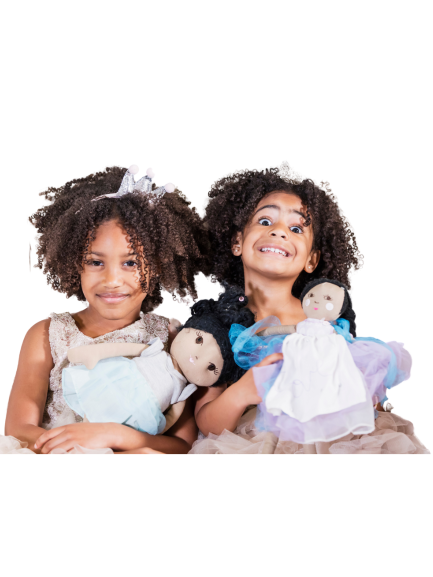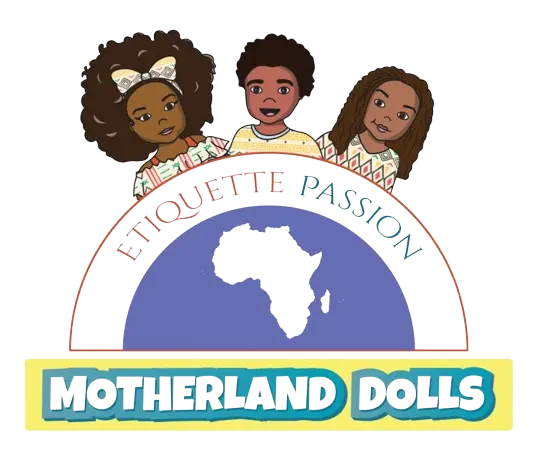It is a question I am faced with daily, many mothers of 9-year-olds feel that their child is too old, but dolls are timeless toys that appeal to children across various age groups. While the specific benefits and types of play evolve as children grow, dolls can provide valuable developmental benefits at every stage. Here is a breakdown of the ideal age ranges for playing with dolls and how they contribute to a child’s growth and development:

1. Infants and Toddlers (0-2 Years)
- Sensory Exploration: Soft dolls with different textures, colours, and sounds can stimulate an infant’s senses. At this stage, dolls help in developing tactile and visual skills.
- Comfort and Security: Plush dolls often become comfort objects for toddlers, providing a sense of security and familiarity.
- Early Social Skills: Simple dolls can introduce basic concepts of care and empathy as toddlers begin to imitate feeding, hugging, and taking care of their dolls.
2. Preschoolers (3-5 Years)
- Imaginative Play: Preschoolers engage in more elaborate pretend play, using dolls to act out various scenarios. This stage is crucial for developing creativity and imagination.
- Social and Emotional Development: Playing with dolls helps preschoolers understand social roles and relationships, fostering empathy and emotional regulation.
- Language Skills: Conversing with and about their dolls can enhance vocabulary and language skills, as children narrate stories and describe actions.
3. Early School Age (6-8 Years)
- Complex Role-Playing: School-aged children create more complex narratives and scenarios with their dolls, reflecting real-life experiences and emotions.
- Problem-Solving: Dolls can be used in play that involves solving problems, resolving conflicts, and negotiating social situations.
- Cultural Awareness: Dolls representing diverse backgrounds can introduce children to different cultures and histories, promoting inclusivity and global awareness.
4. Tweens (9-12 Years)
- Advanced Storytelling: Tweens often use dolls in sophisticated storytelling, creating detailed plots and characters. This can enhance creative writing and critical thinking skills.
- Social Skills and Etiquette: Playing with dolls can be a way for tweens to practice social interactions, understand peer dynamics, and develop etiquette.
- Special Interests: Dolls with specific themes (e.g., historical, professional) can align with tweens’ growing interests and hobbies, encouraging exploration and learning.
5. Teens and Beyond (13+ Years)
- Collecting and Customizing: Older children and teens might develop an interest in collecting dolls or customising them, which can be a creative and fulfilling hobby.
- Artistic Expression: Dolls can serve as a medium for artistic expression, whether through fashion design, photography, or crafting accessories.
- Emotional Outlet: For some teens, dolls can still provide an emotional outlet and a way to revisit nostalgic play in a more mature context.
Conclusion
The ideal age range to play with dolls spans from infancy through the teen years, with each stage offering unique developmental benefits. Dolls can support sensory exploration, imaginative play, social skills, language development, cultural awareness, problem-solving, and creative expression. By understanding and supporting these different stages of play, parents and educators can help children make the most of their doll-playing experiences.
Written by Lola Awofadeju, CEO of MotherlandDolls.com. Versatile author, educator, and advocate for children’s well-being, life skills, and etiquette. Dedicated to providing exceptional products that empower and uplift every child. Explore our collection today and join us in celebrating diversity and promoting a positive self-image for all children.
